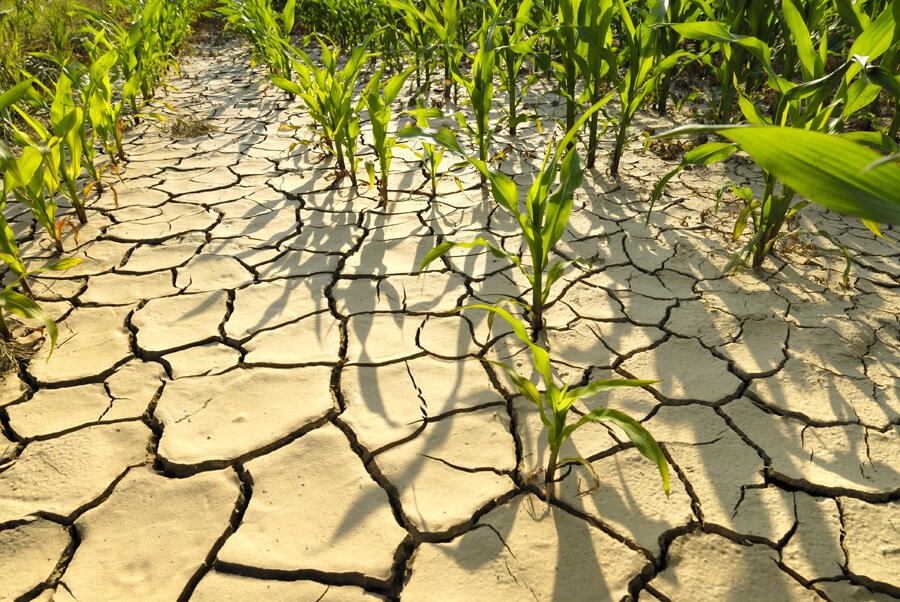
Pasture Management Considerations During Dry Conditions
By Chelsey Siemens PAg, Agri-Environmental Specialist, Kindersley
Productivity of pastures depends on multiple factors—some we can control and many we cannot. One of the factors outside of our control is moisture.
During dry conditions, it might seem like there’s nothing we can do to manage or influence pasture condition. However, management decisions made during tough conditions will continue to impact pastures in the following years. What can we do to preserve pastures and improve their chance at recovery following a drought?
We can’t change what we don’t measure. Start with an inventory of pasture and forage acres and the expected production. What is the expected percentage of normal productivity? What is the forage demand of the livestock? Consider the number and type of livestock and the length of the grazing season. Calculate the shortfall between livestock demand and forage availability.
How will the shortfall be addressed?
- Increase forage supply by renting additional pasture or fall grazing, grazing hay fields in the fall or by seeding annual forage for feed.
- Decrease forage demand by selling culls, retaining fewer replacements, weaning early or by supplementing cows or creep feeding calves.
- Decrease the length of the grazing period by beginning to feed earlier in the fall if baled feed is available.
Rest is the best rejuvenation for overgrazed pasture. In years with normal moisture, it’s evident that leaving carryover and allowing pastures rest will help to maintain or improve pasture health. Even during dry conditions, providing rest by decreasing the frequency of grazing in a particular area will improve the forage’s ability to survive. Removing cattle from a paddock following grazing rather than allowing continuous access will allow for some rest and recovery, which will benefit the forage in the long term.
If possible, try to mitigate the impact of activities necessary to get through drought years. If providing supplemental feeds on pasture, consider confining these activities to a small area to decrease the overall amount of pasture impacted. If possible, do not use native pasture or riparian areas as supplemental feeding sites.
In a year with very little carryover and few other options for feed, the small steps we can take to preserve pasture health are important for future productivity and condition of our forage resources.








































